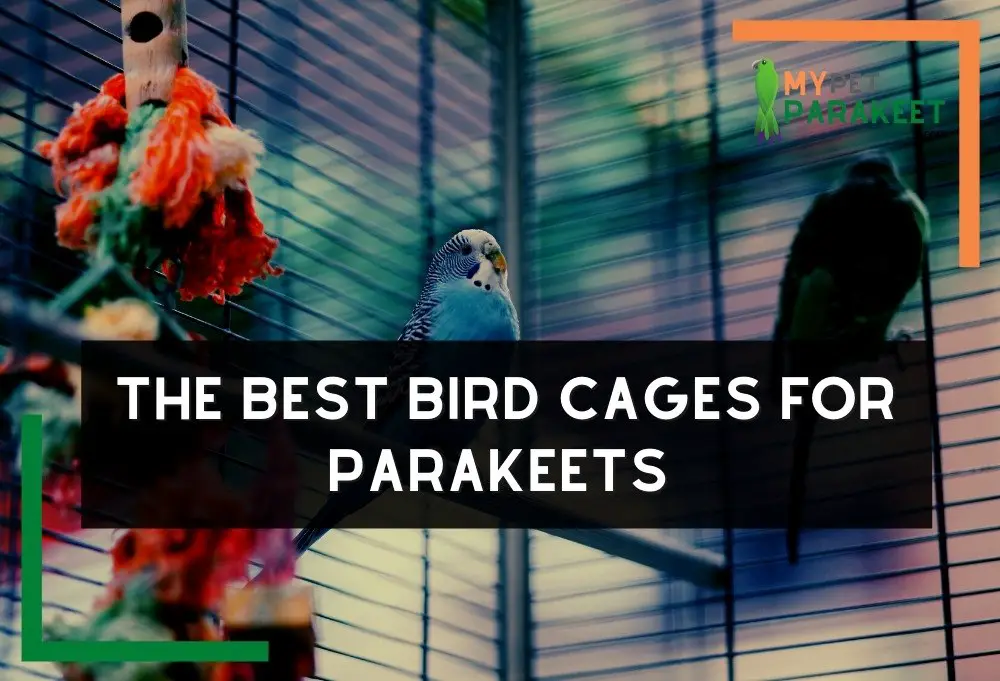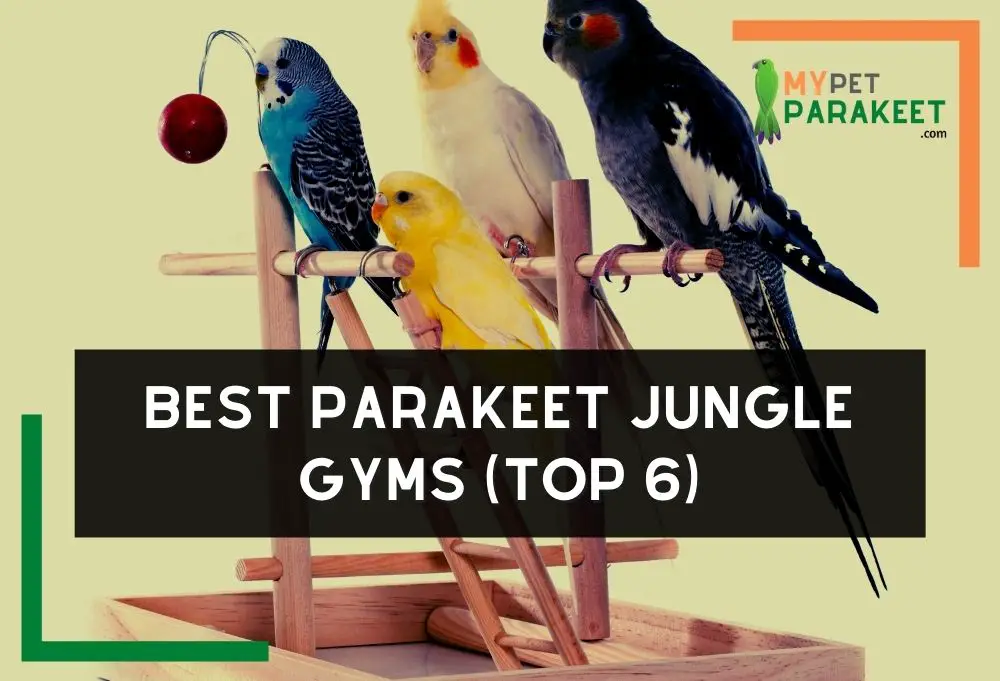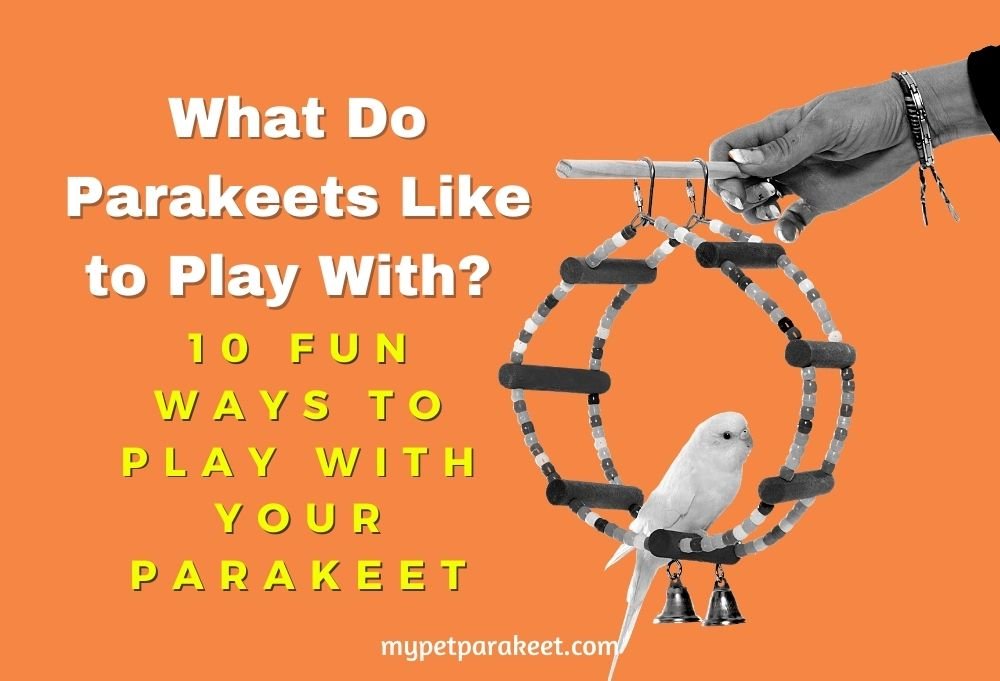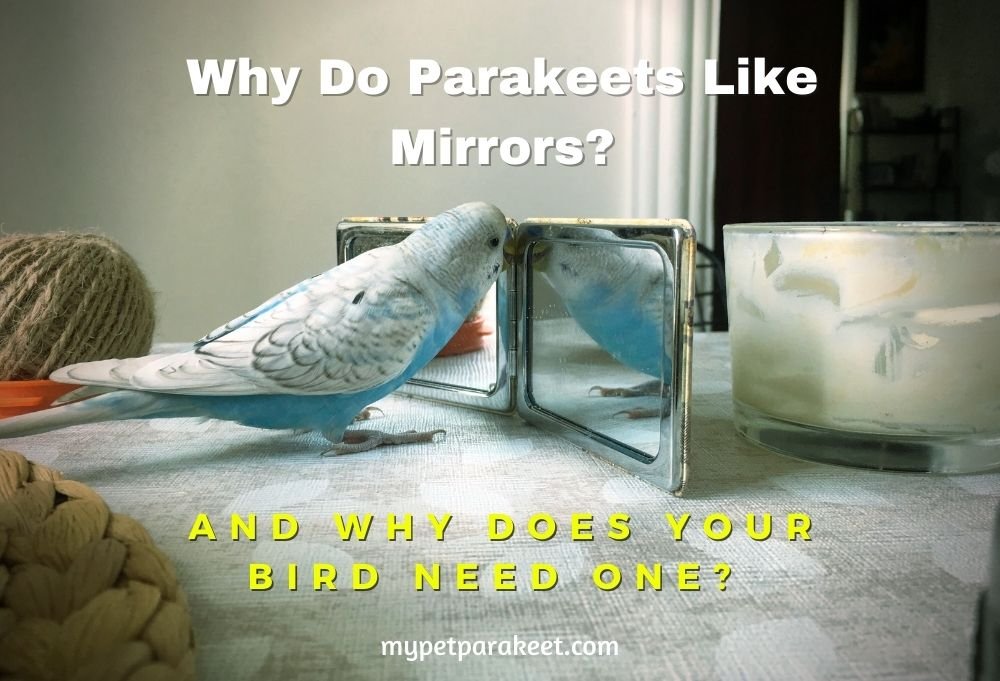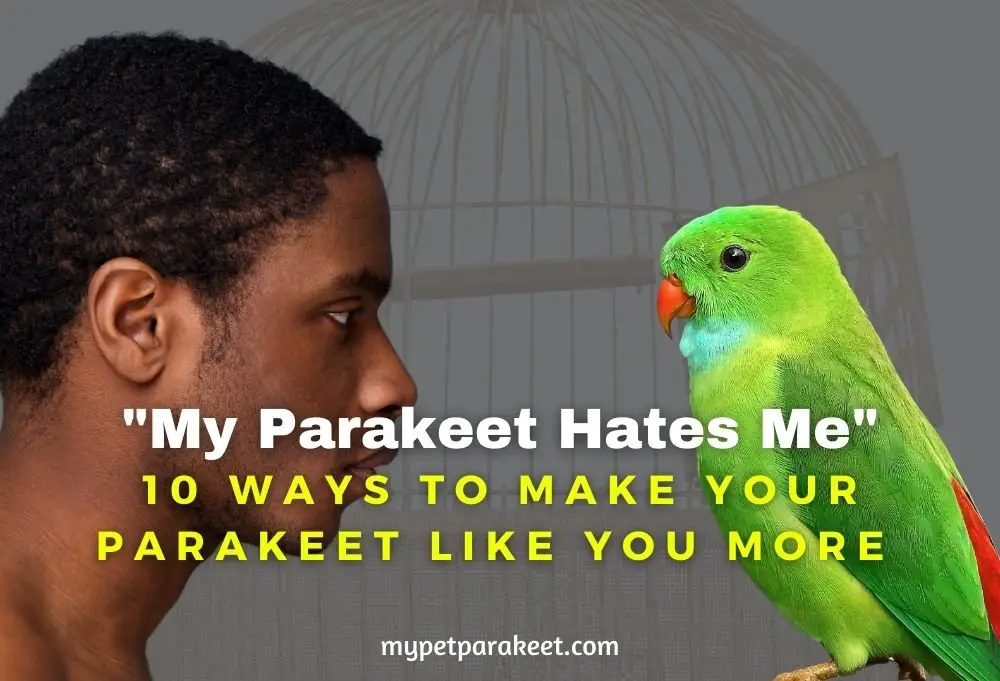Vocalizations and Their Meanings
You might have heard the melodic chirps and vibrant whistles emanating from a cage full of parakeets. But what's the story behind those sounds? Vocalizations in parakeets serve as a form of communication with one another and their environment. These sounds can be classified as calls, songs, or even signals of distress.
Different calls serve different purposes. From contact calls that help maintain flock unity to alarm calls that serve as a warning, parakeets are capable of conveying a variety of messages through sound. Their vocal range might seem limited to us, but for them, it's as articulate as it gets.
Parakeets have a knack for understanding the “tone” of a vocalization. For example, short, sharp chirps usually signal excitement or mild agitation, whereas elongated tones can indicate contentment or even boredom. It’s like having their own Morse code, but way cooler.
The volume plays a role too. A loud, sharp squawk? That's usually a sign of danger or extreme agitation. On the flip side, softer chirps often convey contentment or even curiosity. These nuances can say a lot about their emotional state.
The Language of Body Movement
If you think vocalizations are the end-all-be-all of parakeet communication, think again. Body language is another major player. Let’s start with something obvious: the feathers. When a parakeet fluffs its feathers, it’s generally relaxing or preening, akin to a person lounging in their favorite chair.
Don’t overlook the power of wing movements. A parakeet fanning its wings out is typically trying to catch your attention or perhaps display a level of discomfort. It's the bird version of a dramatic sigh or an eye-roll. Sometimes, wing flapping can be a sign of exercise, especially for caged birds that don’t get much flight time.
The position of the head and eyes also plays a vital role. Direct eye contact generally indicates interest or alertness, while an averted gaze could signal disinterest or even submissiveness within the flock.
Ever heard the term “beak grinding”? Parakeets grind their beaks as a sign of contentment and relaxation, much like a cat purrs. It's one of those tiny, often overlooked signs that your parakeet is in a good mood.
So, don't just listen; watch closely. From fluffing feathers to the tiniest flick of a tail, parakeets speak volumes through their body language.
Color and Marking Codes
When it comes to the rainbow world of parakeets, color isn't just for show. Often, feather colors and patterns are deeply tied to social roles, age, and even sexual maturity. Brightly colored feathers are often seen as attractive during mating seasons. In some cases, colors serve as markers for age or status within the flock.
Let's dig into sexual dimorphism a bit. In many parakeet species, males and females sport distinct colors or markings that help them identify suitable mates. In fact, some female parakeets are drawn to males with brighter, more vibrant feathers, considering them healthier and more desirable mates.
Color mutations can happen, and when they do, they make a bird stand out. But it's not always for the best. A parakeet with an unusual coloration might get marginalized or rejected from the flock. It's harsh, but that's survival of the fittest for you.
Molting, the process of shedding and regrowing feathers, changes a parakeet’s color temporarily. During molting, some birds become duller, signaling that they are not in peak condition. After molting, new and vibrant feathers grow in, marking them ready for social activities like mating.
Mimicry: More Than Just Parroting
Parakeets mimic human speech and other environmental sounds. But it's not just to amuse us. Mimicry serves various functions in the life of a parakeet. Some experts believe it's a form of social bonding. By mimicking sounds, a parakeet is actively trying to communicate with or respond to its flock or human companions.
Contrary to popular belief, not all parakeets are equal when it comes to mimicry. Some are naturally better mimics due to age, disposition, or even individual talent. Younger parakeets tend to be more adept at picking up new sounds, while older ones might be set in their vocal ways.
Training and environment also play a huge role. A parakeet exposed to a variety of sounds and positive reinforcement will likely be a better mimic than one kept in a quieter, less stimulating environment.
However, be cautious. Some sounds might stress out your parakeet. Loud, sudden noises can cause anxiety, impacting their ability to communicate effectively. It’s important to keep their environment as stress-free as possible to encourage healthy vocalization.
At the end of the day, mimicry is one of those fantastic abilities that sets parakeets apart from other birds. It adds a layer of complexity to their communication that researchers are still striving to understand.
Social Dynamics in a Flock
When parakeets come together, it’s not just random chaos. There's a social hierarchy, rules to follow, and relationships to maintain. Some parakeets naturally take on leadership roles, guiding the flock in search of food or away from danger. These leaders are usually older, wiser, and have a knack for making decisions that benefit the group.
Bonding is crucial here. Pairs or small groups within a flock often form tight-knit relationships. These partnerships are essential for various activities like mutual preening, which helps them keep their feathers in top condition.
It's also a playground for young parakeets. Juvenile birds often engage in what appears to be ‘play,' practicing flight patterns and vocalizations. These activities serve as a sort of training ground for social interactions and survival skills.
Conflict isn't uncommon, but it's generally resolved quickly. Disputes can arise over food, mates, or social standing. However, physical fights are rare. More often, a simple display of aggressive body language or vocalizations is enough to settle the score.
Understanding the social fabric of a parakeet flock is vital if you're looking to keep multiple birds or even introduce a new member. You'll need to be attuned to their unique personalities and quirks to ensure a harmonious environment.
Scientific Insights on Parakeet Talk
Research into parakeet communication is an evolving field. Scientists have made intriguing discoveries, challenging our assumptions about bird chatter. Bioacoustics, the study of sound production and reception in animals, offers insights into the unique frequencies and modulations in parakeet vocalizations. Some research even suggests that parakeets may have regional “accents”
based on their geographical origin.
Electroencephalogram (EEG) studies show that parakeets have specific brainwave patterns during different forms of communication. These patterns offer a glimpse into their cognitive processes and how they interpret different forms of sound and sight.
Behavioral studies also shed light on how environmental factors can affect communication. Factors like habitat loss, noise pollution, and human interaction have been shown to impact the natural vocalizations and social dynamics among parakeets.
Breakthroughs in genetic research are also exciting. Scientists are exploring how genetic factors may influence the communication abilities of these birds. Could it be that some parakeets are born to be better communicators than others?
To cut it short, scientific research is radically expanding what we know about parakeet communication. Keep an eye out for future studies; they're sure to keep pushing the boundaries of our understanding.
Debunking Parakeet Myths
When it comes to parakeet talk, there’s a lot of hearsay and myth-making. One common myth? That parakeets mimic human speech just for the fun of it. As we've discussed, mimicry serves a much deeper purpose, from social bonding to marking territory.
Another common misconception is that all parakeets are naturally adept at communication. Just like people, parakeets have varying levels of social skills. Some are outgoing and expressive, while others may be more reserved or even aloof.
Let’s bust another one: The idea that parakeets are just “noisy” without any meaningful communication. Every sound, movement, and feather ruffle serves a purpose, whether it's to signal danger, attract a mate, or simply convey emotion.
As a final point, not all parakeets are created equal. Different species have unique ways of communicating, influenced by their natural habitat, social structure, and individual experiences. One-size-fits-all assumptions don’t apply in the parakeet world.
Fun Facts and Unusual Anecdotes
Before we part ways, how about some quick bites of fun info? Did you know that some parakeets are known to “dance” to music? This rhythmic movement is believed to be another form of social interaction and even emotional expression.
There are also stories of parakeets that have learned to mimic technological sounds, like the ring of a telephone or the beep of a microwave. These birds don’t just stick to nature’s playlist; they're remixing it.
You might find it interesting that parakeets have been observed sharing food, a behavior that is somewhat rare in the bird world. It’s like their version of breaking bread and underscores the depth of their social interactions.

